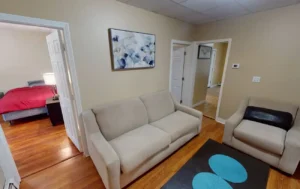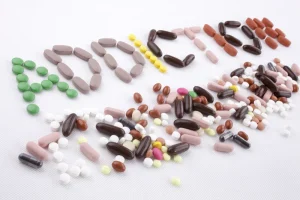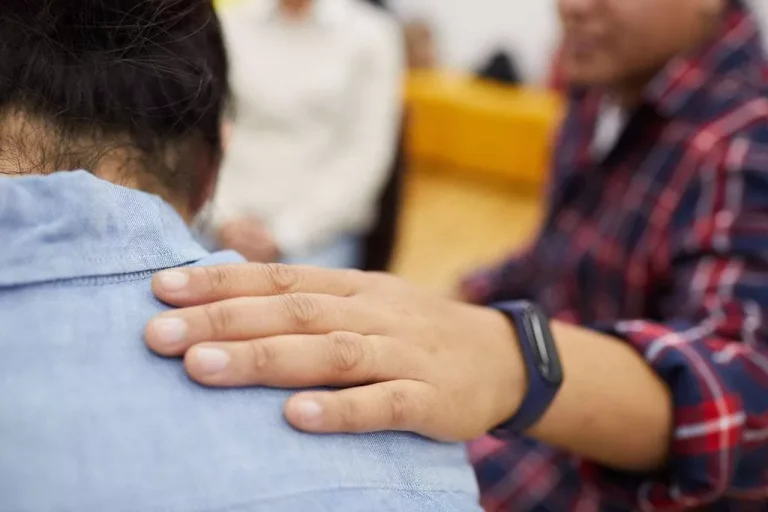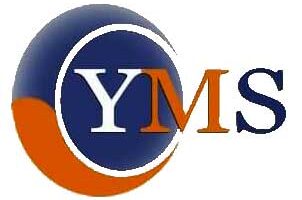
The physical need for the drug in order to feel well can result in a person stealing from friends and family. Doctors have since tried being more careful when it comes to prescribing prescription opioids and opiates, but people are still taking advantage of the system. It’s also important to note that there are other prescription opioids, including Vicodin, https://ecosoberhouse.com/ Percocet, codeine, and morphine. It’s like catching a disease in its early stages – the sooner you start treatment, the better your chances of recovery. And speaking of recovery, it’s important to note that many of the physical signs of addiction, including changes in eye appearance, can improve with proper treatment and sustained sobriety.
Outpatient and Residential Substance Use Disorder Treatment

These medications aren’t cheap when you buy them on the street. If a person has an addiction to these medications, they can start spending hundreds of dollars in a single day getting these pills. While many people want to quit, they can’t because of physical dependency.
What Are « Study Drugs »? Addiction & Treatment
Having certain physical health conditions, such as chronic pain, can increase people’s use of opioids and the eventual development of OUD. Heroin is often easier to get than opioids that are meant to be prescriptions. Lately, powders and pressed pills that are illegally sold as heroin, cocaine, crystal meth or even prescription opioids pills actually contain doses of fentanyl that are very dangerous and often deadly. In addition, once someone has physical dependence to opioids, the severe withdrawal symptoms create significant motivation to continue using opioids. About 45% of people who use heroin started with misuse of prescription opioids.
- The sooner you seek help, the greater your chances for a long-term recovery.
- This life-threatening drug misuse is even more dangerous if the pill is effective for a longer period of time.
Specific Opioids and Their Effects

Addiction is a disease that is treatable if you are ready to make changes. Because of this, medication can ease cravings and physical withdrawal symptoms, reducing the likelihood of using heroin during detox. If a person becomes addicted to these prescribed medications and can’t obtain them anymore, they may pursue illegal drugs like heroin to achieve the same pleasurable feeling. Victims of overdose should receive Naloxone, an FDA-approved “rescue drug” that counteracts the life-threatening effects of an overdose. It’s always best to assume the worst and seek medical attention, even with legal risks. Treatment for opiate addiction is available in both inpatient and outpatient settings.
What is opioid addiction?

Medications can block the effect of opioids, as well as control withdrawal and craving, and behavioral therapy and counseling can help people learn to cope with and relate to opioids in healthy ways. People who are in treatment for their OUD are often able to improve many aspects of their social functioning and health. When opioids enter the body, they interact with opioid receptors in the brain, producing a number of physiological responses, including pain relief.


But stopping “cold turkey” is so uncomfortable and triggers powerful cravings for opioids that, in most cases, it results in relapse to opioid use to relieve the withdrawal symptoms. Detoxification refers to the elimination of drugs from the body. When this takes place under medical supervision, it is termed « medically managed withdrawal. » In addition to relieving pain and producing euphoria, opioids stimulate a range of other physiological responses. For example, taking a large dose of opioids can slow or even stop breathing, which can lead to death. Even people who use opioids only as prescribed by a physician can develop OUD.
The program also discusses the Mainstreaming Addiction Treatment (MAT) Act, which empowers healthcare providers to prescribe buprenorphine without the previous X-Waiver limitations. Your loved one also is at greater risk of opioid use disorder if they get opioids without a prescription. And using opioids opioid addiction treatment illegally increases the risk of drug-related death. Illegal drugs taken without a prescription may include substances that could be deadly. These drugs also may contain opioids that are much more powerful than medicines prescribed by a healthcare professional, such as fentanyl and carfentanil.
An opioid overdose can happen when a person takes too much of an opioid or a combination of opioids and other drugs. Opioid dependence simply refers to the development of tolerance or withdrawal. Tolerance is needing higher doses to produce the same effect or getting less benefit from the same dose over time. Withdrawal is experiencing nausea, diarrhea, a runny nose or other problems when you stop taking opioids.
Aftercare can include sober living facilities, ongoing therapy, attending meetings run by 12-Step programs, and more. These aim to help people with OUD learn new ways of thinking about and relating to drug use and can also encourage them to adhere to treatment regimens. These symptoms can occur within hours of their last use and can last for days to weeks.

